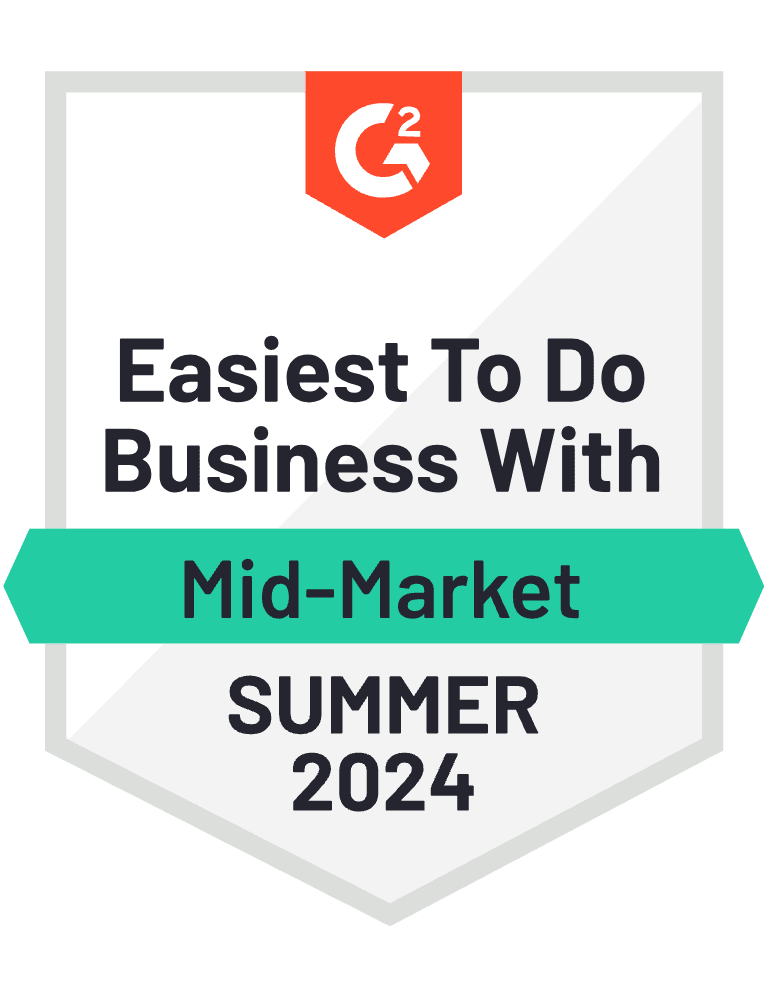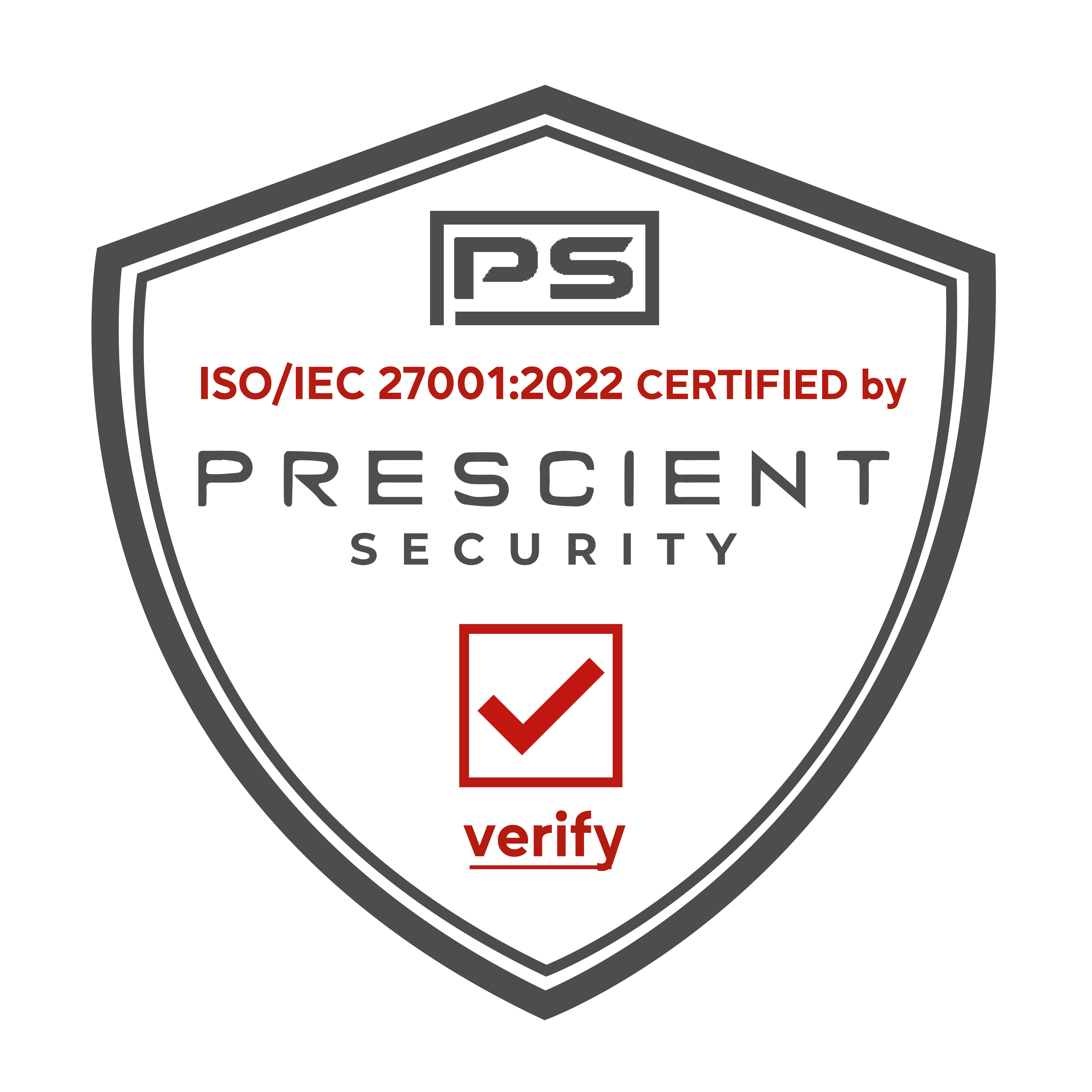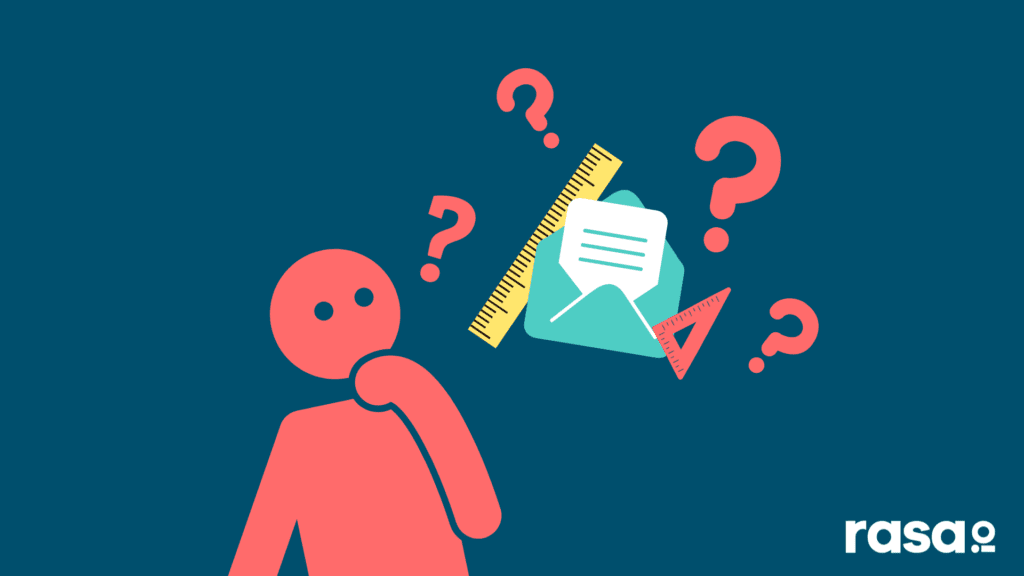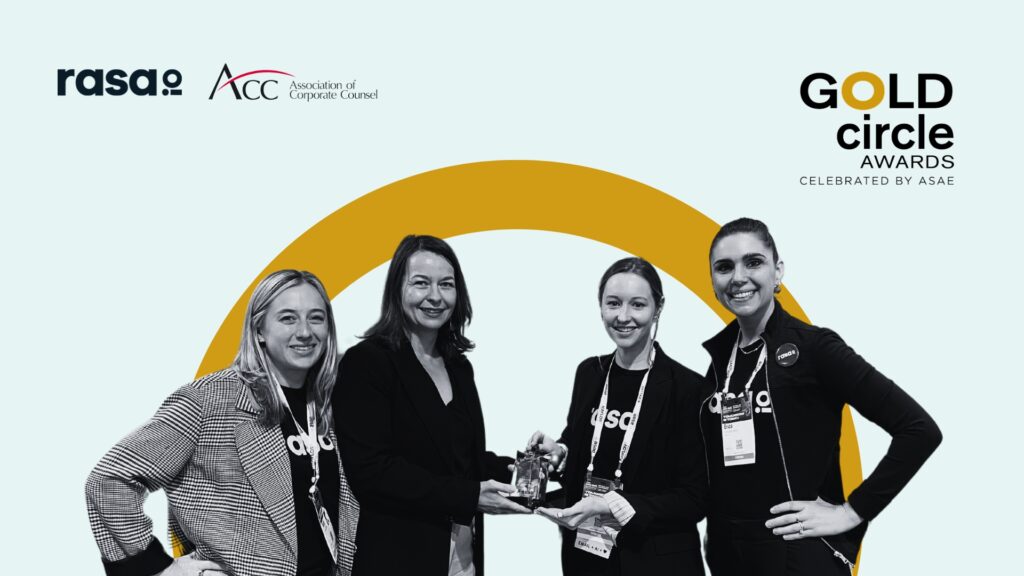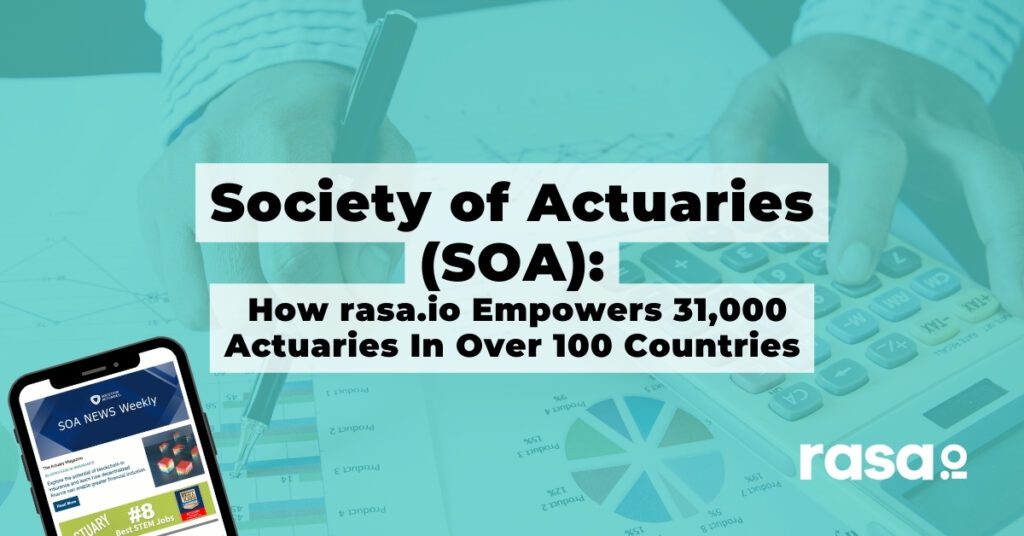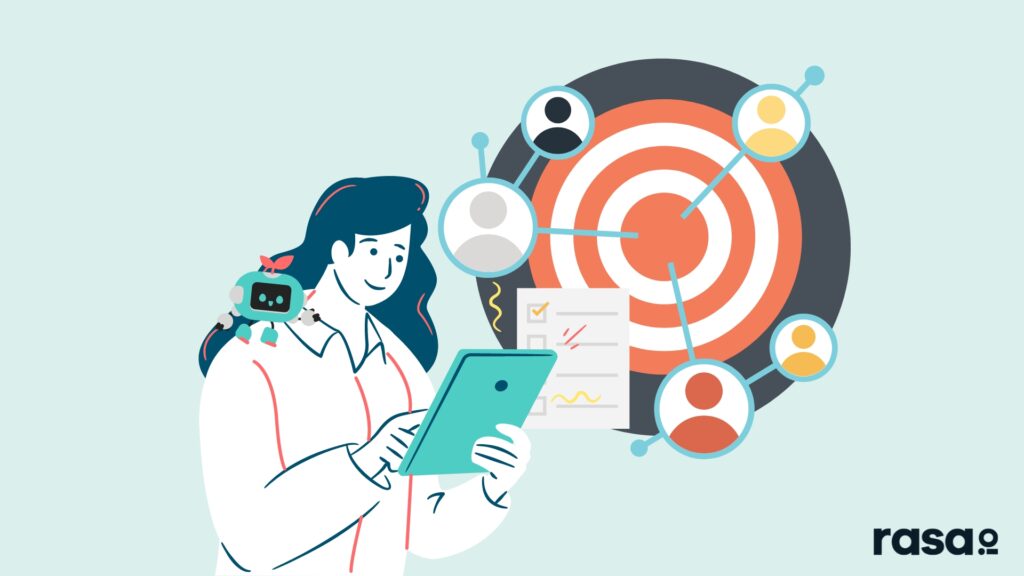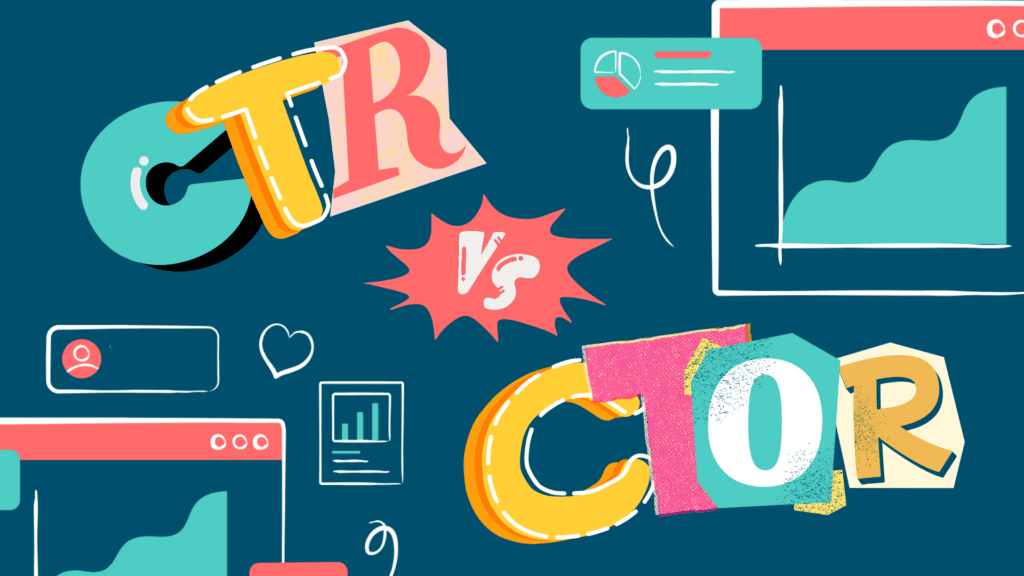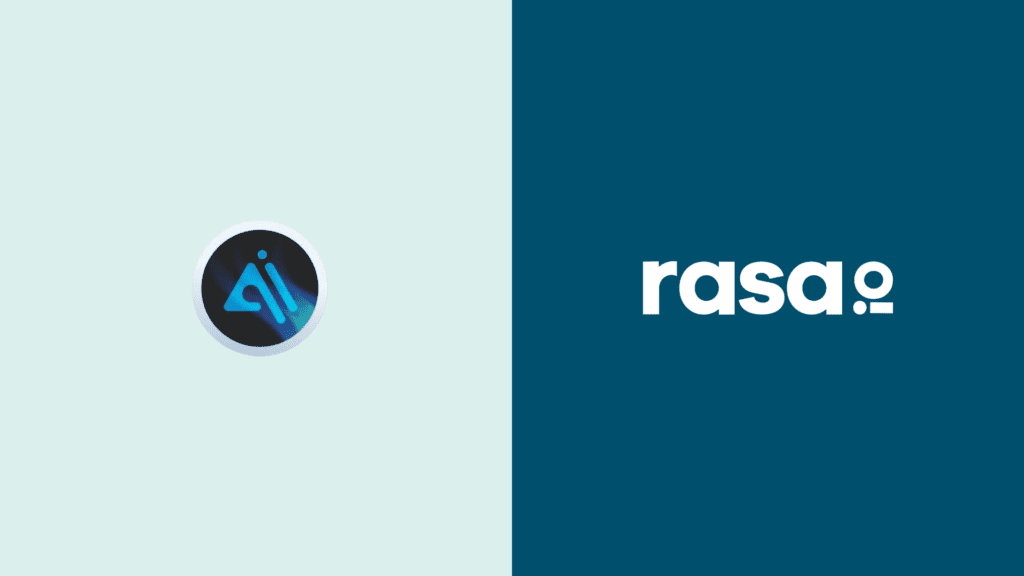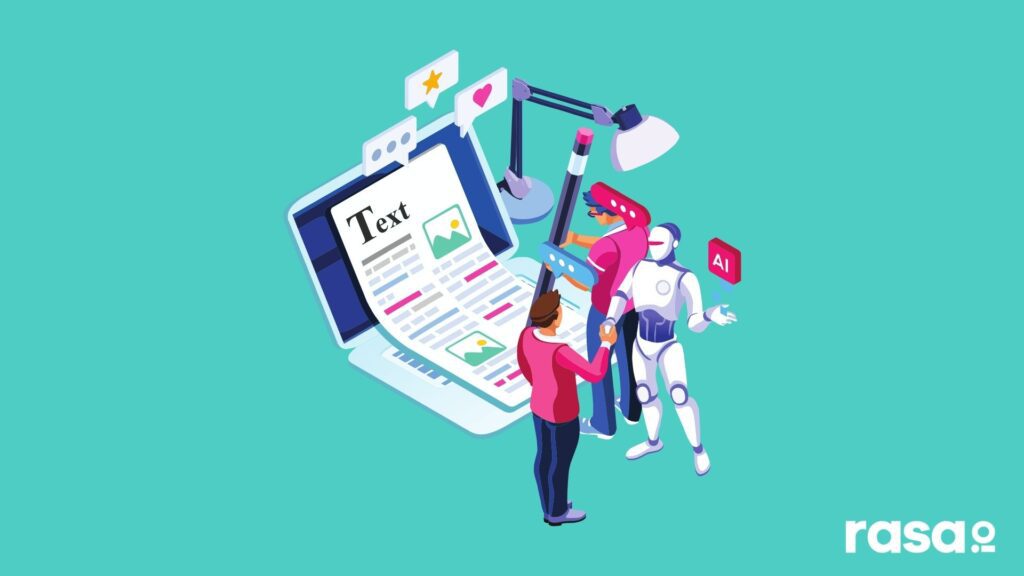David Newman
How a consultant and coach who’s been using email for decades hit an inflection point and took his business from six figures to well beyond seven figures. He describes some incredible examples of how he’s done this. This David Newman’s story about Pushing Send.
David Newman is a member of the NSA Million Dollar Speaker Group and is the author of the business bestseller “Do It! Marketing” and “Do It! Speaking.”
He helps executives and entrepreneurs master speaking as the ultimate marketing tool, personal brand builder, and 1-to-many sales platform. He is the founder of Do It! Marketing, the Expert Profit Formula and hosts the podcast, The Speaking Show”
Key Points From This Episode:
- Send emails with a consistent schedule and consistent format that someone looks forward to and is easily digestible.
- Happy meal marketing means that people are better off just when they’ve experienced your marketing.
- Email is a lifeline between you and your future prospects, clients, and customers.
- Don’t send emails for the sake of sending emails. Send an email to communicate and add value and build a relationship with your subscribers.
- Whatever style of email newsletter you put out, your brand needs to be part of the message and part of the digital relationship that you’re building.
- Your business needs to FLOP- feature and leverage other people. Don’t make every bit of your newsletter only about you.
- A large email list or subscriber base gives you the freedom to make bigger, better choices that are earned by people’s attention.
Tweetables:
“A single email address in your database is worth 200 social media followers or connections on any platform of your choice, gladly trade any of those for a single good email address.” @DNewman
“If you adopt this happy meal marketing that every touchpoint with the marketplace adds value and nobody leaves hungry,that is going to put you in a position that when they have a need, a referral or when they want to invest in whatever it is you do, you will be top of the list “@DNewman
“If you had nothing, What’s the first thing you would get started on? And without even thinking, I would get busy building a new email list. It is that important. It is that critical. It is much of a lifeline between you and your future prospects, clients and customers.” @DNewman
“If you’re constantly just pushing out your stuff and your ideas and your content, and you’re not curating and sharing other content, people will start to get bored.” @DNewman
“I think your bank account is going to reflect two things: the amount of attention that you earn from your marketplace and the amount of value that you deliver to them. There is no better attention and value tool than email.” @DNewman
Links Mentioned in Today’s Episode:
Episode Transcript
David Newman:
We have a massive email newsletter about 41,000 people get our emails and we send emails every single day, including weekends. We found that you can do all kinds of things. You can do webinars, you can do social media postings, you can do videos you can do live streams. There is absolutely nothing and I mean nothing in all caps that beats email for getting a response. A single email address in your database is worth 200 social media followers or connections on any platform of your choice, gladly trade any of those for a single good email address.
Bryan Kelly:
From rasa.io, the free tool for sending smarter and better email newsletters. This is Pushing Send a show featuring people who send emails, their subscribers actually want to read. I’m Bryan Kelly and on today’s show how a consultant and coach to high-fee iexperts has been using email for 18 years to build an incredible business. Here’s David Newman talking with me about his email list. How long have you known about the significance email can have on a business? What was life like several years ago?
David Newman:
Sure. Well, I’ll even go back 18 years ago, back in 2002, and I started collecting emails. I had a Yahoo group, I had a Yahoo group and then I had a Yahoo group email list. This is like prehistoric times on the interwebs, but I would send out through that Yahoo groups interface, a newsletter, and the newsletter had a certain format and I sent it, I think I started once a month and then I went to maybe once every two weeks and then I did every kind of crazy mistake. I did sporadic. I didn’t have a schedule. It was like, yeah, whenever David feels like sending some stuff, he would send some stuff. So then I started realizing, well, this would be a lot better if I made it consistent and it would be a lot better if I made it consistent, consistent schedule with a consistent format.
Bryan Kelly:
Yeah. That sounds a lot easier to manage. So what was your formula?
David Newman:
Here was my formula. It was a topic of the week and I changed it to a weekly newsletter topic of the week. And that was like maybe two paragraphs 500-600 words at the very most two or three paragraphs. Then I had sections. And this of course is the brilliance of rasa is that you guys have operationalized this and put some artificial intelligence brains behind it. But the way that I did it old school back in day, I would say cool tool of the week. And that was a section of the newsletter. And that was either an affiliate thing that I was promoting or just a cool tool that I found useful in my business. Then I did like a book recommendation, like, you know, what’s on David’s nightstand or what’s on David’s bookshelf. And it was a Seth Godin book or Michael port book or whatever I happened to be reading at the time. Then we had a section called upcoming events and that’s where we would promote our teleseminars. Yes, my friends not webinars our teleseminars. So we did some teleseminar marketing back in the day. And then we had one or two other sections, which are escaping me right now, but it was like that. And so think of it like when you publish a newspaper, right? The newspaper always has front page, business section, sports section, entertainment section, food section. Those sections’ content changes all the time, but the format is reliable and the format you’re looking forward to and the format makes sense and it’s consumable and digestible and you probably look forward to receiving it. You might not dig into each section, but for the folks that were on my list, who loved books, they would always jump on the David’s bookshelf. And, Oh, I’m going to buy that book. That book sounds great, David, thanks for pointing it out. If they weren’t necessarily book people, but they were tech heads and they wanted to see some cool new website or cool new platform or cool new software that I was recommending, those people would gravitate towards that section. The people that were interested in what I think, and little editorial Newman-izing, they would get that topic of the week, thought of the week to help them grow their business or get more clients or make more money. So I kind of stumbled into that format just because I was so tired of the haphazard, random, what the heck am I going to put in the newsletter this time?
Bryan Kelly:
So what led you to discover this? Because what you just described sounds like how print newsletters have been published. So before email, did you have a print newsletter?
David Newman:
Well, it’s a great question. I did not ever produce a print newsletter, but I have been a subscriber and a consumer of some of these print newsletters. And I remember even very specifically, there was one newsletter from a printing and duplication company that was an eight page, glossy newsletter. And it was so packed with value. This one issue that I was handed at some networking meeting, I’m not even sure where, or when I met this person from this printing company, but they said here, you know, have a copy of it. Cause he, they knew I was in marketing and I said way here, there’s some cool marketing ideas in our newsletter this month have a look at it. So I’m looking at it. And the cover story is something really fascinating and really valuable. I’m like, Oh, that’s pretty good. And then I flip it open. And then, you know, there’s some copywriting tips and then there’s some design tips and then there’s some how to make a compelling offer. And I was like, Oh my God, in the course of this little eight page glossy eight and a half by 11 print newsletter, there’s like five, six fantastic things that I wanted to keep as a professional marketer for reference. Now what’s interesting, of course, is that you can see how effective that newsletter was. Who does that printing and duplication company want as their clients? Professional marketers. Now I wasn’t a prospect for them because I have no designs on doing a print newsletter, but man, if I did have designs of doing a print newsletter? You know, I would go to them because I was like, you guys know what you’re talking about. I want to be you when I grow up and I want you to do my printing and my layout and my design and my mailing and my everything, because they packed their newsletter with so much value.
Bryan Kelly:
It’s pretty interesting to hear your experience as a print newsletter subscriber. In fact, it sounds like it was either direct inspiration or maybe subconsciously in your mind while working through what your email newsletter formula would be?
David Newman:
It certainly did for sure. Well, and you know what, Byian, this is also part of what I teach and what I talk about a lot. I called this happy meal marketing. Happy meal marketing means that are people better off just when they’ve experienced your marketing? Because people that of course buy from us, they get the beautiful seven course meal with the white tablecloth and the three different kinds of wine glasses and the four different kinds of forks, but nobody should leave hungry. So even people that experienced your marketing, like your newsletter, they should say, wow, this is great. I can try that idea. I can implement that. I should look at that tool. I should read that book. David is incredibly helpful and incredibly useful, just like when I read that print newsletter. And I said, I love these guys. I’m not sure I have a reason to do business with them, but I was totally better off just having experienced their marketing. So if you adopt this happy meal marketing that every newsletter, every email, every touch point with the marketplace adds value and that nobody leaves hungry. Whether they buy from you right now or not, that is going to put you in such a strong position that when they have a need or when they have a referral or when they want to invest in whatever it is that you do, you will be top of the list, if not number one,
Bryan Kelly:
You alluded to this earlier, when we discussed how email has had an impact on your business, but can you provide a specific example? Was there a moment or promotional event or something that happened where you were blown away by what email helped you accomplish?
David Newman:
There are probably a couple of different aha moments like that. You know, I guess one of the first ones is filling our events. So going all the way back to whatever, 15-16 years ago, we started doing like these teleseminars then back around 2012, 2013. When we got with the program and started doing webinars to send one email, to send one email and see over a hundred people, register for a webinar or some other piece of content that we’re putting out that still blows me away. I mean, people say, oh no, yo, you’re a big marketer. And you have tens of thousands of people on your list. And you’re probably jaded. I’ll tell you, Bran, to me, it’s still a miracle to me. They’ll bring it. It’s like, okay, we’re going to send one email and a hundred people are going to raise their hand. Right? And then you send a second email and I hope everyone’s sitting down now another 60 or 70 people come on to whatever that thing is that you’re offering or promoting. And it’s amazing to me. So we also do this with email, but we will sometimes send an email. Now we beta test some ideas. So we say, okay, we’re thinking about doing a program around high fee coaching. So if you’d like to add a coaching profit center to your business, blah, blah, blah, blah, blah, send that out to the list. And we say, please reply with the word coaching in the subject line. Well, even back in the day, we would do that and I would get 15, 20, 25 emails. Now we do it. And it keeps my assistant busy for like three days straight because we get hundreds of responses and hundreds of replies of people going. I want that. I want that. I would sign up for that. Tell me more about that. How does that work, David? When’s that happening? And that also to me is something kind of magical miracle amazing, wonderful thing. So the fact, I mean, this is also something that I think you have to really internalize when you write your emails or when you assemble your emails, that there are real live three dimensional human beings who are busy, who have lives, who have jobs who have entrepreneurial careers who have lots of demands on their time, lots of things on their calendar and they are stopping to hopefully open your email. But more importantly, even than that, to engage with your email, to read your email and to respond to your email, this is a digital human to human connection at scale. And it’s still to me, a totally fantastic, totally amazing thing. I was on another podcast and someone asked me if they took everything away from you and you had nothing, you have no lists, no reputation, no books, no brand, no following of any kind. What’s the first thing you would get started on? And without even thinking, I said, I would get busy building a new email list. It is that important. It is that critical. It is much of a lifeline between you and your future prospects, clients and customers.
Bryan Kelly:
When we come back, David explains his personal involvement with his email newsletter today. Plus, he shares one powerful way his email audience has changed how he operates his business. I’m Bryan Kelly, and you’re listening to Pushing Send from rasa.io.
rasa.io:
Creating email newsletters takes a lot of time. You might curate articles, write content, tweak your template, and look up metrics and not to dimension you’re probably doing all of this once a week. well at rasa.io, we said enough and built a free tool to simplify the process, which saves you time. It also uses AI to personalize emails for each subscriber based on their interests. That means they get stuff they like to read. Want to see how it works? Visit www.rasa.io And click how it works.
Bryan Kelly:
Welcome back to Pushing Send. I’m Bryan Kelly. David Newman has always thought about how to deliver incredible value to his audience and he gets a ton of personal satisfaction doing it. Here’s David explaining how and why he’s so engaged in this work, despite all the other things he could be doing. Have you reached a point where you’re no longer the person pushing send on your emails? Like how involved and engaged are you today with all of this as your business has grown?
David Newman:
Well, on the creative side, I am a hundred percent involved because people ask me this question too, because obviously when you send a daily email, people start wondering, Hey dude, do you have a life? Like what is going on with the daily email? And you spent all your whole day writing all these emails and the answer is yes and no. Yes, I do write all the emails. No, I don’t have a life, but I write every single word of every single email that goes out. So that part, I think is really sacrosanct because to me it’s not, I don’t send the email for the sake of sending the email. I send the email every day to communicate and add value and build a relationship with our subscribers. So for me to outsource that or delegate that to a copywriter or someone on my team that would sort of defeat the purpose. I think. So everything is me now, the mechanics of it and the loading it up and putting in the graphics and doing all the things that we do with our email service provider. Of course, I have a fantastic team and with operations manager and a couple of VA’s and they take care of all of the, the mechanics of it, the mechanics of it are not sexy. The mechanics of it are not unique, Bryan, to you or to me, anyone can do that, but it’s my voice and it’s my content. And it’s my message that goes out in that newsletter, which includes by the way, just like before, right? Articles of interest, cool tools, some curation, but I do the curation. I pick the cool tools. It’s a book that’s on my nightstand. That’s not something that I read about in some other marketing book review. It’s something that I personally am engaged in and involved with. So I think that’s important to put whatever format and whatever style of email newsletter you put out. I think the company brand or the personal brand, which in my case is the same. That needs to be part of the message that that needs to be part of the digital rapport and the digital relationship that you’re building. All the content, of course, all the content and the resources aren’t yours. In fact, I wrote a blog post about this too, is that if you’re constantly just pushing out your stuff and your ideas and your content, and you’re not curating and sharing other content, people will start to get bored. So I have a blog post out there from years ago called why your business needs to flop and flop was an acronym for feature and leverage other people. And what I wrote in that blog post is, you know, you might think that people are tired of hearing from you, but they’re not tired of hearing from you. What they are is they’re tired of hearing from you about you. So do not make every newsletter. Me, me, me, my, my, my I, so the content curation, the bringing in outside voices bring in other resources has been a critical part of my brand. And I just wish rasa.io was around in 2002 because then I wouldn’t have had to send the gosh darn Yahoo newsletter.
Bryan Kelly:
Well, it sounds like you derive a ton of pleasure publishing these emails, but is there anything else that you enjoy about the process?
David Newman:
I do enjoy, the writing process. And you know, it’s funny because with the daily email, the kind of email that we send, it’s either offering something of value, inviting people to an event, letting them know of a new program or a new service. And it’s kind of a hybrid. It’s not just marketing copy. It’s not just sales copy because then of course, every email would be a sales pitch and that’s guaranteed suicide for any email list. If you constantly sell to your list, they’ll pretty quickly leave you by yourself. But even the content writing when it’s just purely a content post, that’s a rant. It’s a, you know, I woke up in the middle of the night and I had this thought and it’s a little manifesto piece. It’s something it’s a bullet list, 77 ways that you can grow your business, even during a pandemic, when you look at every other newsletter, and this is also why rasal.io Is really cool. Most people that send a newsletter number, they think they have to write all the content themselves. Number two, the way the write the content is they write a big wall of text. Now nobody has time just to read a big wall of text, not to mention that it’s not very appealing. It’s not very engaging. It’s not very exciting. It’s not very distinct because it looks and sounds and feels like every other newsletter. When you do something that looks different, feels different. It goes… “Ooh, this looks cool. This looks interesting. This has got a little buffet of things that I can choose from.” So not everyone’s going to read every single one of my 77 things. They’re going to skim it. They’re going to pick three, four , ten of them that really speak to them. And Bryan, I know this is working because people have emailed me back and said, David, I took 13 of your 77 tips and I made a poster and here’s a picture of it hanging in my office. So when people are making posters based on your email and putting it up on their wall, I think you’ve hit on a good formula.
Bryan Kelly:
Now, how has email empowered you to make changes in your business today that you might not have been able to do so in the past?
David Newman:
A big email list, the large, healthy, responsive email list and subscriber base, it lets you say no to all kinds of things. I would do speaking and seminars and corporate and association work and my fees between $10,000 and $15,000. And if people are saying, well, all we have is $7,500. What I used to do before having an email list is go, okay, fine, good. I’ll take it. And now it’s like, no, wait a second, $7,500. I got to fly there back when we used to fly, I got to fly there. I got to do the gig. I got to fly home. I got to sleep in a lumpy bed. I got to drink bad coffee. Whereas wait a second. I could send one email and I could make way more than $7,500. So thank you for asking, I am not going to do your low ball gig for $7,500 bucks. I’m going to stay home in sweat pants. I’m going to write one or two emails and we’re to make $25,000 this week. And that’s kind of how we do it now. So it was, it’s a business model evolution, right? And that’s not to say that I wasn’t grateful for every single speaking gig, every single training, every single seminar up along the way. But once you start to develop a business, once you start to grow and Bryan, you know this as a serial entrepreneur, once you start to grow to a certain level and to a certain stage and phase of the business, you have more choices than when you did not have that stage and phase are those assets are that subscriber base or that customer base. So now we have bigger choices, better choices. We still have problems. Don’t get me wrong. You can ask any entrepreneur seven figure eight, figure nine, figure 10 figure. No one’s going to say, Nope, no problems. They’re all going to have problems, but I’d rather have seven figure problems than six figure problems. And I’d rather have six figure problems than five figure problems. So there’s definitely an inflection point where you say, okay, this email fan base, this email subscriber population that is made up of individual human beings, no matter how many of them you have, don’t get mesmerized by the number. Each of them is an individual human being with time and attention and value that they bring to their world. I have this many people, I can make this kind of offer. So I no longer need to do this kind of work at this kind of fee, right? I can elevate my business. I can escalate my business. I can start to move in to a more premium market at more premium fees because I’ve sort of earned that next rung on the ladder. And the way that we earn it is we earn it with people’s attention. We don’t earn it with money. Money is sort of insignificant. I think, I think your bank account is going to reflect two things. The amount of attention that you earn from your marketplace and the amount of value that you deliver to them. There is no better attention and value tool than email.
Bryan Kelly:
As you’ve just heard. David Newman has worked incredibly hard for two decades to earn the attention of his audience and it has paid multiple dividends for him and will continue to do so. How might you take a similar approach, creating delightful and engaging opportunities to earn the attention of your subscribers? Coming up on our next episode, we’ll hear from Liz Willitts, an email marketing expert, who’s worked at AWeber, one of the earliest email automation platforms. Liz reveals some of the ways we should be thinking about email deliverability and how testing, as well as copywriting, play a critical role in email marketing success. You won’t want to miss with Liz has to share. So if you’re listening to Pushing Send for the first time, be sure to subscribe at Apple podcasts or wherever you’re listening so you don’t miss an episode. And if you’ve enjoyed what you’ve heard, I’d encourage you to check out a few other episodes while you’re here. Lastly, leaving a review will help us share these stories with many other folks, just like you. So thanks in advance for doing that. I’m Bryan Kelly, and you’ve been listening to Pushing Send from rasa.io.






